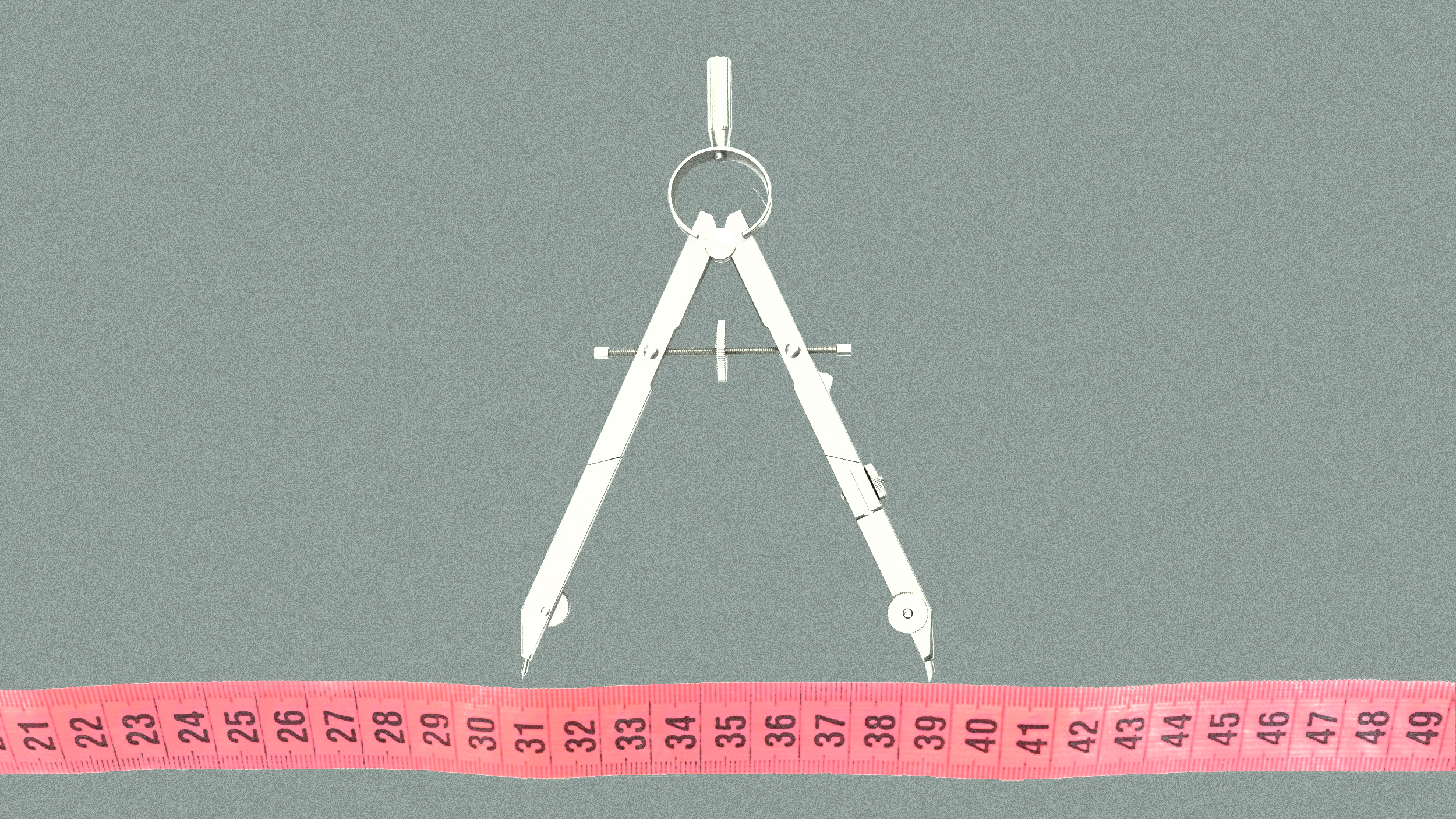To Know Thyself, Measure Thyself? Why Personal Data Collection Could Be a Big Mistake.

I have a device that measures the steps I take each day, an app that counts my calorie intake (as well as how much water I drink and how many cups of tea I consume), a smartwatch that notifies me of every little change in my activity level (and warns me when I sit too much), and a mobile phone that provides me access to the combined summary of it all. Just yesterday, my insurance company informed me that I can attach a device to my car that measures and reports on my driving habits, and that it’ll give me a discount to put it on my car. Our behaviors are measured, assessed, and evaluated in increments, all the little things we do. The future isn’t solely about big data; it’s about little data and its risky union with big data.
Big data is what organizations know about people. It is amalgamated information about large numbers of people to enable the inference, or prediction, of future behavior. For example, to assess credit card fraud, billions of transactions are analyzed across large numbers of customers. Using the insight derived from that analysis, credit card companies can then make accurate predictions about where, when, and how fraud will occur.
Little data, in contrast, is what we know about ourselves. The Harvard Business Review (HBR) says that this data is about us: “What we buy. Who we know. Where we go. How we spend our time. We’ve always had a sense for these things — after all, it’s our lives. But thanks to the combination of mobile, social, and cloud technologies, it’s easier than ever to gain insight into our own behavior.”
Think about personal fitness trackers. These devices have the capability to quantify our every waking moment — and sleeping moments too. The newest Fitbit, the Fitbit Blaze, measures your heart rate, your steps, has built-in GPS, calculates the quality of your sleep, and then “syncs wirelessly to 200-plus devices, so you can dive into workout summaries, analyze your trends, track your nutrition, and more.” Little data.
The granularity of focus is the primary difference between little data and big data. Big data looks at large numbers; little data looks at you. HBR summarizes it this way:
+ Focus: The focus of big data is to advance organizational goals, while little data helps individuals achieve personal goals.
+ Visibility: Individuals can’t see big data; little data helps them see better.
+ Control: Big data is controlled by organizations, while little data is controlled by individuals. Companies grant permission for individuals to access big data, while individuals grant permission to organizations to access little data.
And that’s the rub. When big data and little data merge, the risk for abuse rises. Earlier this year, the Federal Trade Commission released a report — Big Data: A Tool for Inclusion or Exclusion— on the risk big data poses to low-income and underserved populations.
“Big data’s role is growing in nearly every area of business, affecting millions of consumers in concrete ways,” said FTC Chairwoman Edith Ramirez in a press release. “The potential benefits to consumers are significant, but businesses must ensure that their big data use does not lead to harmful exclusion or discrimination.”
Focusing on the use of big data/little data, the FTC argues that “inaccuracies and biases” within the content may lead to “detrimental effects for low-income and underserved populations.” For example, companies could use big data/little data to exclude certain groups of people from employment and credit opportunities.
Interestingly, Gartner reports that half of all business ethics violations by 2018 will be caused by the improper use of big data analytics. And it suggests following some key best practices:
+ Link analytics to business outcomes through benefits mapping. That is, link analytic efforts to business outcomes. That keeps the use of big data on-track and doesn’t allow “scope-creep” in.
+ Balance analytic insight with the ability of the organization to make use of the analysis. Only invest in analytics that the company will use.
+ Consider alternate approaches to the same goal. If you can solve the problem without big data/little data, maybe you should.
“We see a huge amount of risk for companies to go blindly into using the data,” said Alan Duncan, a research director for analytics at Gartner. “The data is amoral — there is no good or bad; it just is. It’s the human choices we then make that make the difference.”
—





